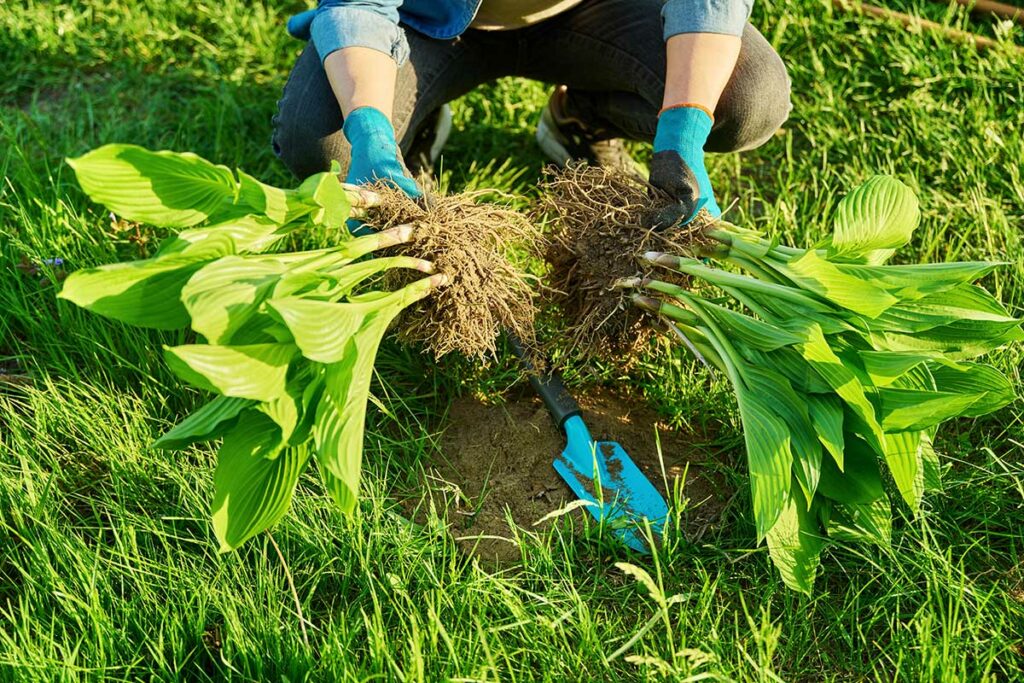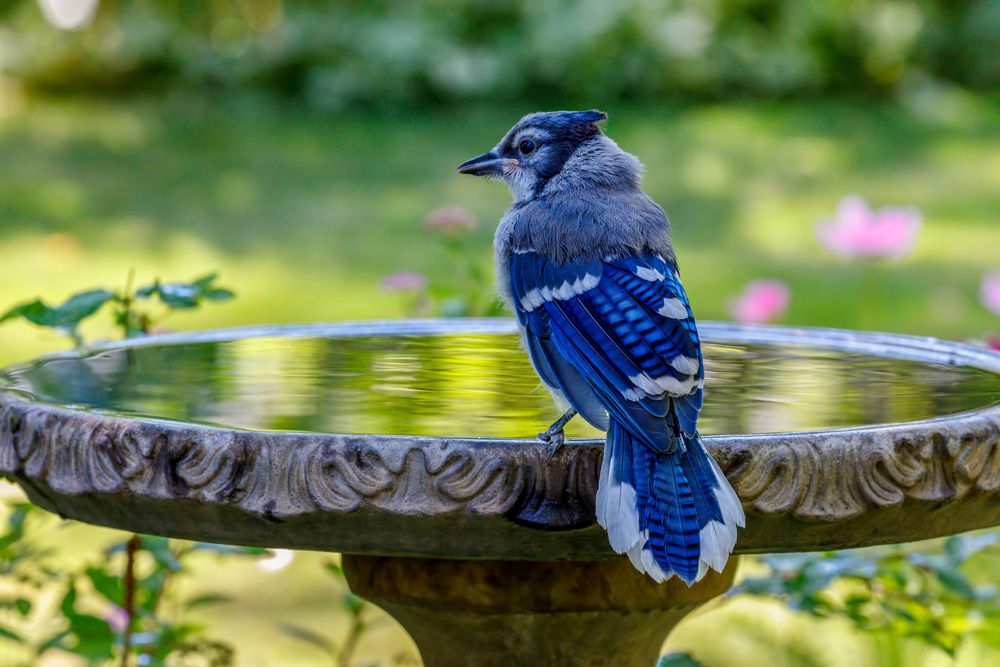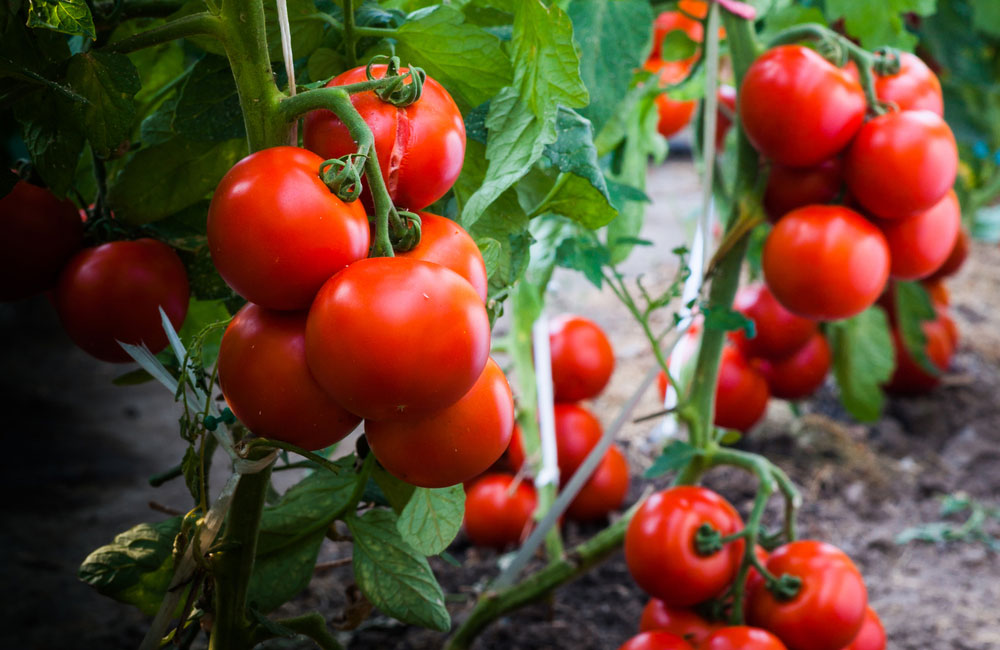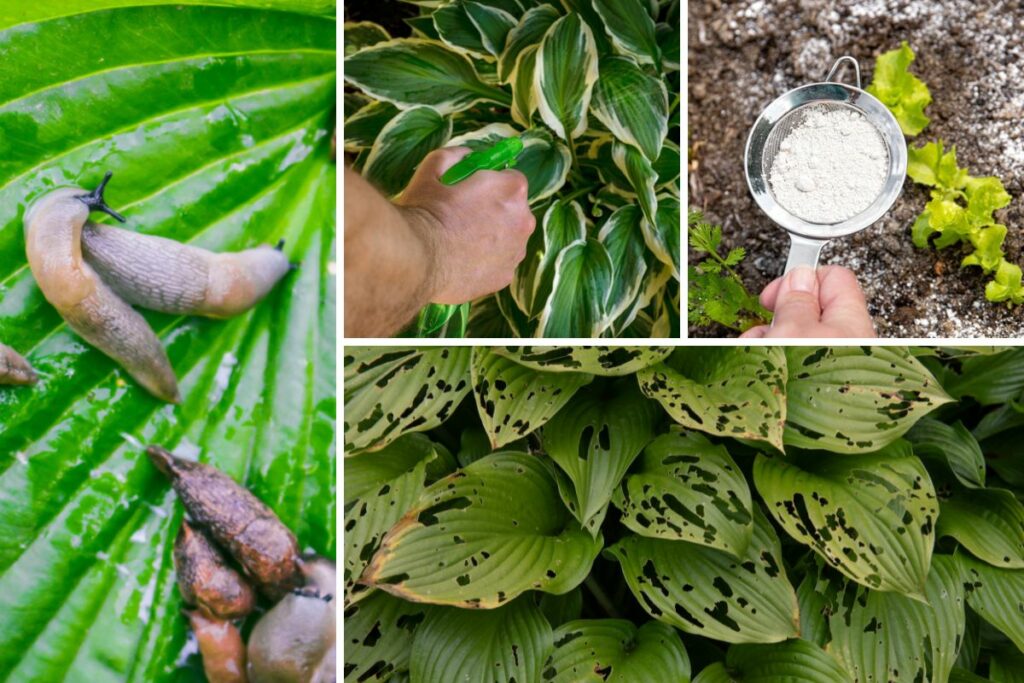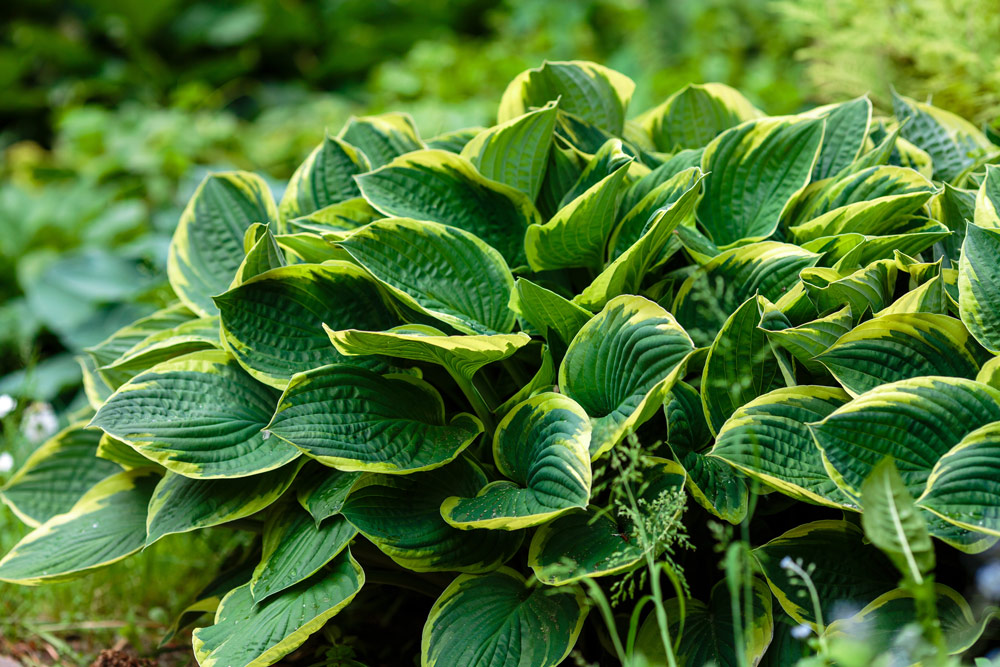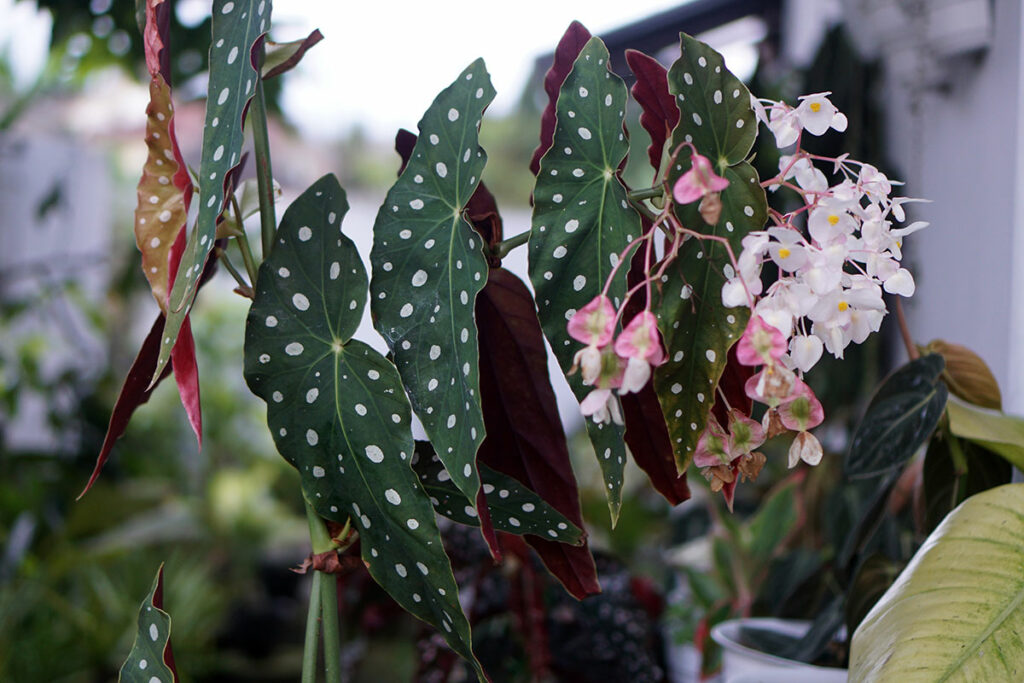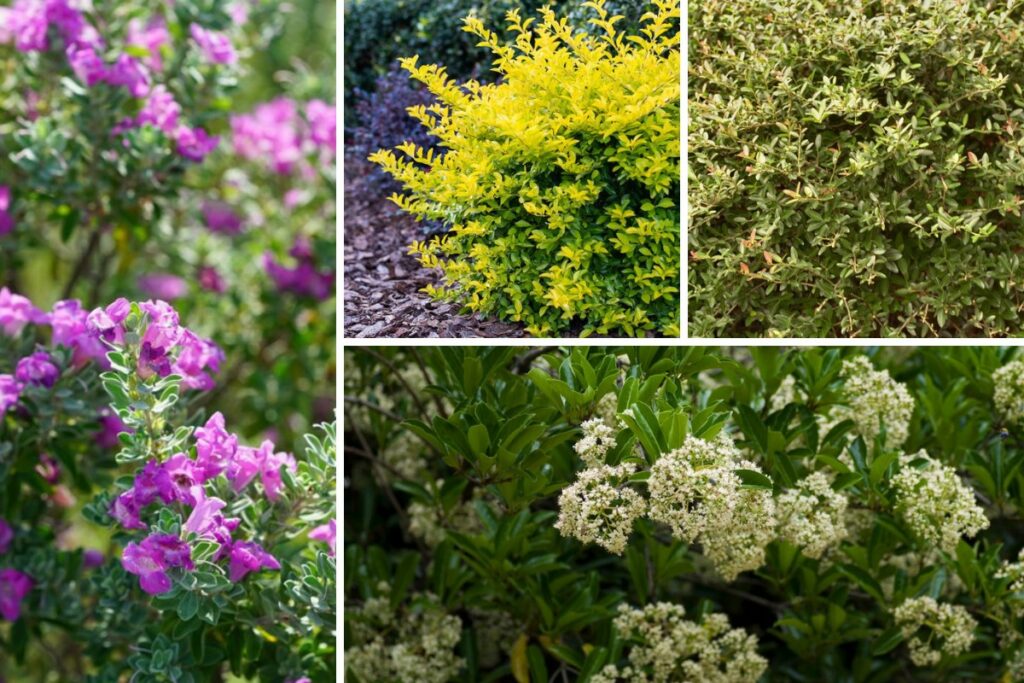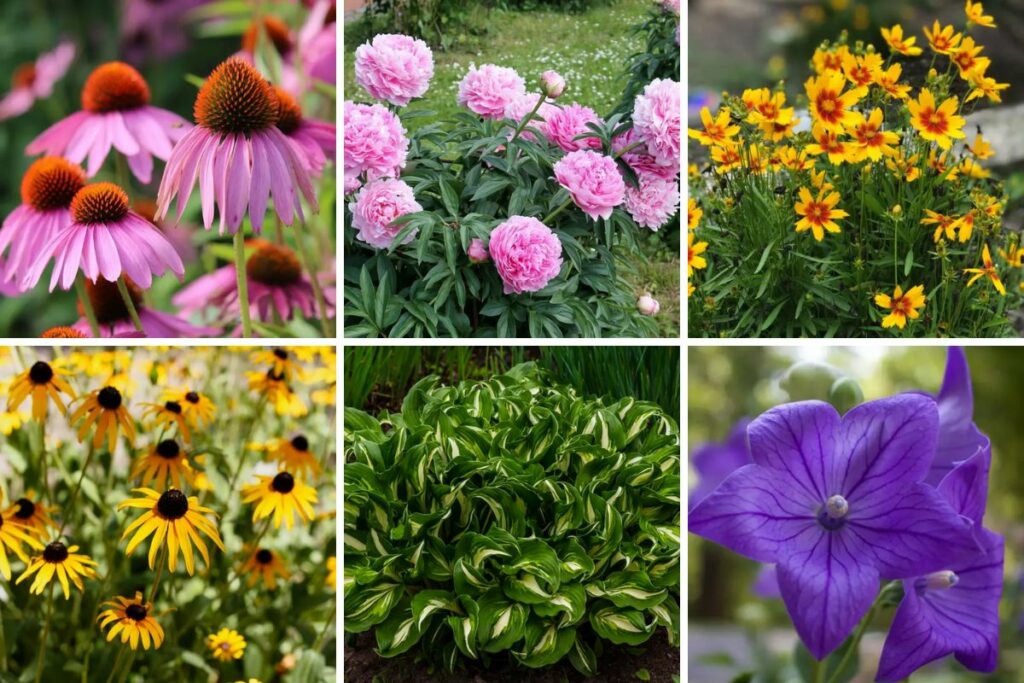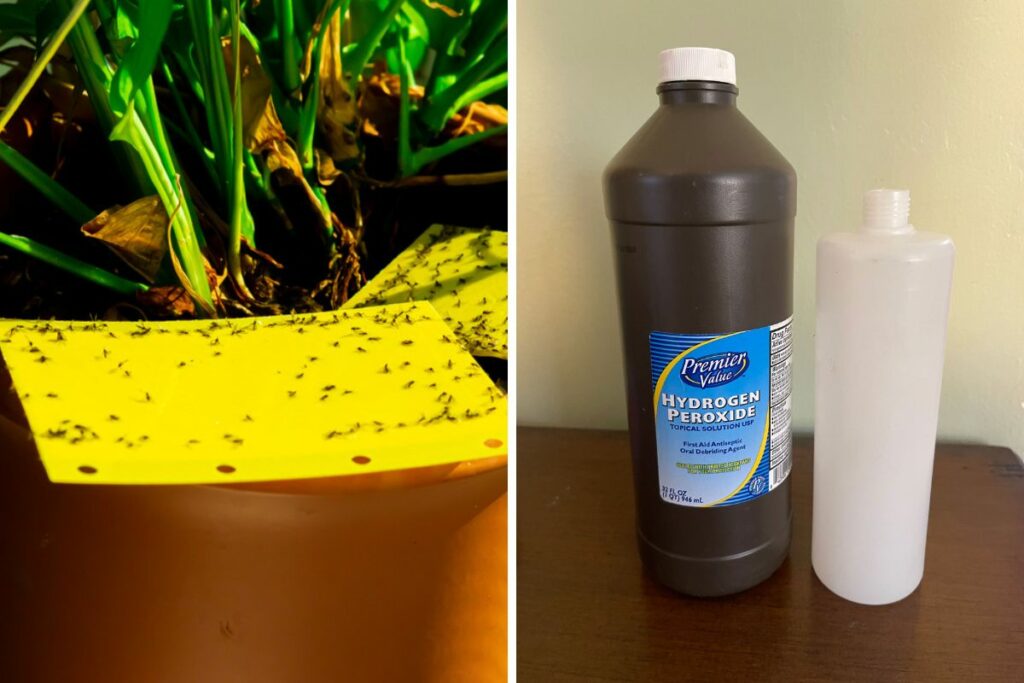
Houseplants not only brighten up your living space but also contribute to a healthier environment by filtering out pollutants and improving air quality.
However, maintaining healthy houseplants can be challenging at times – especially when dealing with pesky fungus gnats. These small, black, mosquito-like insects are attracted to the moisture in the soil and feed on plant roots, leading to issues with plant growth and overall health.
Fret not! There is a safe and effective solution right in your home: hydrogen peroxide. This common household item is not only great at disinfecting wounds, but it also has amazing potential for dealing with these annoying little insects.
Hydrogen peroxide helps you tackle the situation by killing the larvae and breaking down into harmless byproducts – water and oxygen – which actually benefit your plants’ root systems. In the following article, we’ll go through the steps to utilize hydrogen peroxide effectively and bid farewell to the fungus gnats that have been bugging your beloved houseplants.
Understanding Fungus Gnats
The Life Cycle of Fungus Gnats
Fungus gnats are small, flying insects that thrive in damp environments. They lay their eggs in moist soil, where their larvae feed on fungi and decaying organic matter. The life cycle of fungus gnats includes four stages: egg, larva, pupa, and adult. The entire process takes around three to four weeks.
- Eggs: Female fungus gnats lay tiny, white eggs in the soil. These eggs hatch in about 4-6 days, releasing the larvae.
- Larvae: The larvae, or maggots, have a transparent appearance with black heads. They feed on fungi and organic matter in the soil for about 12-14 days.
- Pupa: The larvae then enter the pupal stage, which lasts around 3-5 days. During this time, the larvae develop into adult fungus gnats.
- Adult: Once hatched, adult fungus gnats have a short life span of about a week. During this time, they mate and lay eggs, starting the cycle all over again.
Symptoms of Fungus Gnats in Houseplants
It’s essential to identify the presence of fungus gnats early to prevent damage to your houseplants. Some common symptoms to look out for include:
- Yellowing leaves: Fungus gnat larvae can cause damage to your plant’s roots, resulting in yellow or wilting leaves.
- Poor growth: As larval feeding can damage the roots, your plant may struggle to absorb nutrients and water, leading to stunted growth.
- Presence of adult gnats: If you spot tiny, flying insects around your houseplants, it may be an indication of a fungus gnat infestation.
While fungus gnats are not directly harmful to humans, they can be a nuisance and cause damage to your plants if left unchecked. Taking quick action can help save your houseplants from further harm and make your indoor garden healthier and more enjoyable.
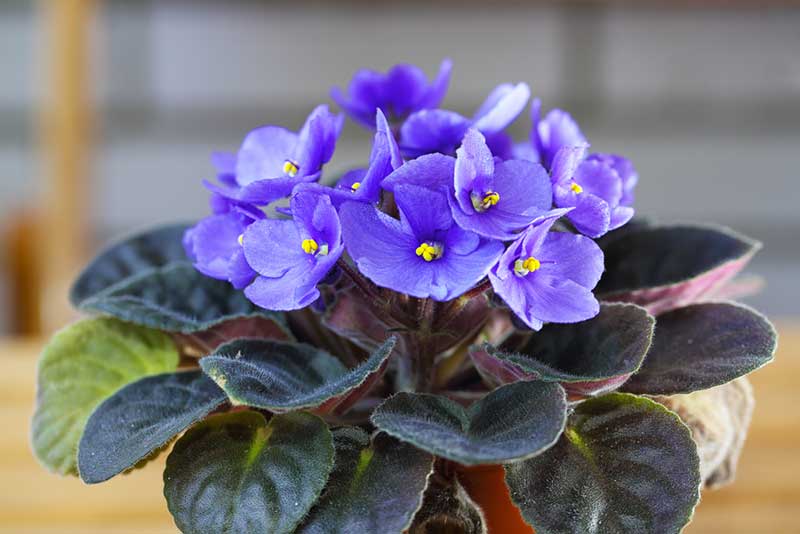
Hydrogen Peroxide: An Overview
The Role of Hydrogen Peroxide in Plant Health
Hydrogen peroxide is a powerful oxidizer that can be used to help get rid of fungus gnats in your houseplants. It works by breaking down into water and oxygen, which can create an environment that is inhospitable to the larvae of fungus gnats. When you apply hydrogen peroxide to your houseplants, you’re not only addressing the pesky gnats but also promoting overall plant health.
Using hydrogen peroxide can be beneficial in several ways:
- Eliminates fungal infections: It helps fight fungal growth in plants by oxygenating the soil.
- Boosts root growth: Healthy roots are vital for proper nutrient absorption, and the additional oxygen provided can support their development.
- Natural pesticide: Hydrogen peroxide’s oxidative properties make it an effective, non-toxic way to kill off fungus gnats.
Safety Measures While Using Hydrogen Peroxide
To ensure you’re using hydrogen peroxide safely and effectively, it’s essential to take some precautions:
- Dilution: Before applying hydrogen peroxide to your houseplants, make sure you use the proper concentration. A 3% hydrogen peroxide solution is popular among gardeners, but for extra-sensitive plants, you can dilute it further with water.
- Avoid direct contact: It’s important to protect yourself when handling hydrogen peroxide. Make sure you wear gloves to avoid skin irritation, and avoid inhaling it or getting it into your eyes.
- Test on a small area: Before treating your entire plant, test the hydrogen peroxide solution on a small area to ensure there is no adverse reaction.
Using hydrogen peroxide correctly can be a great way to get rid of annoying fungus gnats and improve the overall health of your houseplants. Remember to always follow safety measures and monitor your plants as you experiment with this beneficial solution.
Procedure to Eliminate Fungus Gnats with Hydrogen Peroxide
Materials Required
To get started, gather the following materials:
- 3% Hydrogen peroxide solution: This will be used to treat the affected houseplants.
- Spray bottle: To create a diluted hydrogen peroxide spray.
- Water: For diluting the hydrogen peroxide.
- Gloves: To protect your hands during the treatment process.
Step-by-Step Guide
Here is a friendly, step-by-step guide to help you get rid of those pesky fungus gnats using hydrogen peroxide.
- Prepare the solution: Mix one part 3% hydrogen peroxide with four parts water in the spray bottle. This will create a safe and effective solution to target fungus gnats and their larvae.
- Test: Before applying the solution to all your affected plants, it’s a good idea to test it on a small, inconspicuous part of the plant first. Spray the solution on a small area and wait for 24 hours to see if there are any adverse reactions. If there are no issues, proceed to the next step.
- Apply the solution: Wearing gloves, spray the hydrogen peroxide solution over the soil surface of your affected houseplants, making sure to cover all areas thoroughly. The solution will work to kill the fungus gnat larvae, as well as help to control the adult population.
- Watering with the solution: When it’s time to water your plants, use the diluted hydrogen peroxide solution instead of plain water. This will continue to target and eliminate the larvae in the soil while also providing your plants with the hydration they need.
- Monitor and repeat: Keep an eye on your houseplants over the next few days and weeks. If you notice a decrease in the fungus gnat population but they haven’t been entirely eliminated, repeat the process as needed.





